13 More Strategies for Overcoming Procrastination and Reclaiming Your Creative Mojo
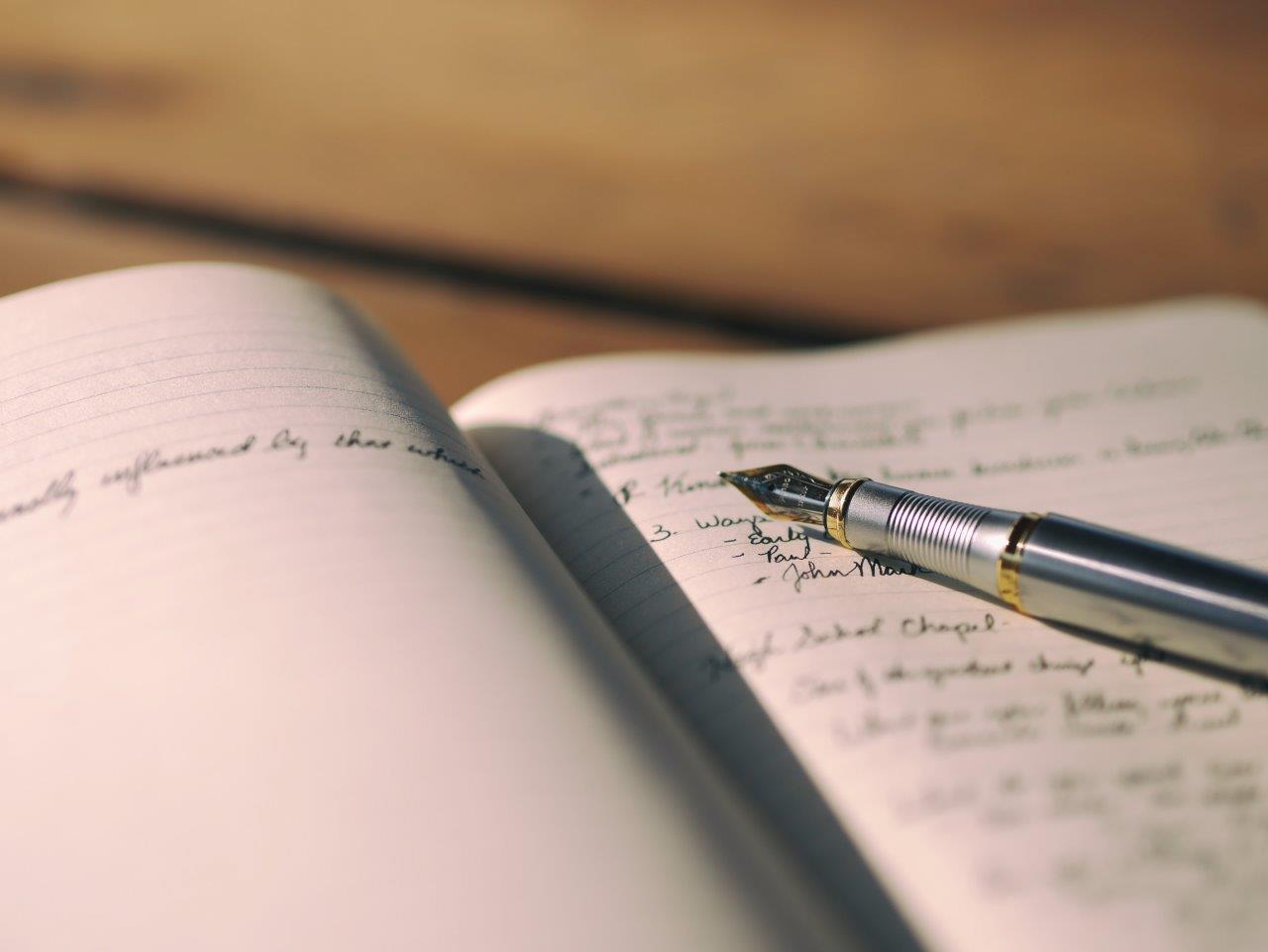
What do you do when you aren’t in the mood to create, and feel as if you have no ideas?
In a previous post, I wrote about some of the ways I keep writing when I don’t feel like showing up to the page. Those strategies are mostly about getting started, and usually they work wonderfully, but for the past few weeks (okay, maybe months!) I’ve been procrastinating. A lot.
Sometimes a new approach is needed.
I’m also aware that just because something (usually) works for me, it doesn’t mean it will be effective for everyone.
So, I sent out the call to fellow writers and creatives on Facebook. While social media does have the capacity to suck enormous chunks of time out of my day, sometimes it can be brilliant. In this case, other writers quickly shared their tips for writing and finding ideas when it’s not coming easily. With their permission, I share them here.
It’s a somewhat eclectic mix of ideas and strategies because we’re an eclectic group of writers, who have each found varying ways of reconnecting with our creative selves. But I trust you’ll find something here that helps you in a practical way to overcome procrastination, regain your creative mojo – and just start.
1. Five Minute Diary
Writer Mark Keenan has been using the five-minute diary since being introduced to it by Tracy Farr, author of The Hope Fault, who in turn discovered it through the work of Lynda Barry.
It’s a simple but effective way of overcoming the fear of the blank page, without feeling pressured to write much. Simply divide your page into quarters with four headings: did, saw, heard, drawn. Prism Magazine has a great visual to explain what to do, Mark Keenan offers a quick demo in this Facebook video, and it can also be found in Lynda Barry’s book, Syllabus.
https://www.facebook.com/markjkeenanwriter/videos/1944549655764045/
2. Word-Generating Games
My good friend and Shut Up and Write partner, Chris Goodward, suggests using word-generating games such as:
- how many words can you make from the letters of pomegranate?
- write a list of 20 random words starting with t. Circle words 3, 8 and 10
- choose any paragraph in a book and circle words 2, 7 and 11
Write a paragraph, scene or story using the words collected in one of the above exercises.
3. People Watch
Lisa Wostenholme‘s go-to strategy for putting pen to paper is people watching. Sit somewhere and watch what people do, listen to what they say and note down details such as body language, facial expressions, tone of voice and clothing.
These observations might offer you the beginnings of a story, especially if you pair that with asking, ‘What if?’ Or they may simply provide some of those finer descriptive details you need in a piece you’re already working on.


4. Write Small
‘What helped me during the worst bit of my non-writing a couple of years ago was to forget writing a long bloody book, and write small,’ says romance writer, Lily Malone.
‘I’m in one writing group called Naughty Ninjas, and just for fun we started doing small stories where one of us kicked the story off then someone followed and so on until we were finished. They were crazy, silly stories for our newsletter subscribers and not much else. But it was good fun, quick, and doing just a few of those over a few months really helped me get back in the chair and motivated to write.’
5. Bum Glue
Lily Malone adds, ‘I’m on the side of writing begets writing. I think you have to put your butt in the chair and do it.’
The late Bryce Courtenay called it ‘bum glue’.
And Nadia L King, author of YA novel, Jenna’s Truth agrees. ‘At least sit in the chair. If you’re not there, nothing will happen.’
6. Procrasti-walking
It may seem like the antithesis of bum glue, but social media consultant and travel blogger, Amanda Kendle, heads out for a walk when she’s stuck.
‘Mine often starts out as a ‘procrasti-walk’ but my brain always ends up solving the problem or thinking up something interesting.’


7. Let Inspiration Catch You Sideways
Caitlin Prince, whose work appears in journals such as Griffith Review and Westerly, suggests there are times when we simply need to back off.
‘Go exercise, get outdoors, listen to music, and read something literary. Let your mind relax so inspiration catches you sideways.’
8. Downtime
According to Louisa West, ‘Down-time is essential for all creative brains.’
She likes to watch a favourite movie or tv show, or one that makes her think about her current story. Louisa’s even written her own post about this, appropriately titled, ‘Making the Most of Creative Down-Time‘, which you can read over on her blog.
9. Feed Your Creative Soul
Jodie, who contributes regularly to Kin Women in addition to her own blog, Only Halfway There, advocates ‘feeding my creative soul with a walk or a date in an art gallery’.
Changing things up is key for her, too. ‘Even just moving spots around the house helps.’

10. Accountability
Accountability helps Marie McLean, who has recently finished editing her first novel. She appreciates being part of a small, private Facebook group, where members post their weekly goals.
‘It’s easy to come up with excuses not to write,’ Marie says, ‘but if you feel accountable for a goal that’s been set, and sit down to write even if you don’t feel like it, the words will hopefully trickle out enough to keep going until the urge to write kicks in properly again.’
11. Be Kind to Yourself
However, Marie is also learning to be kind to herself.
‘Just go easy on yourself and think about what it is that might be the root cause. Maybe you’re not happy with an aspect of what you’re writing about, but your subconscious hasn’t realised this. Do something enjoyable that counts as writing, like reading a book about the craft of writing, or surfing the net for technical aspects. Or just read any book that inspires, no matter what it is.’

12. Write a Little Every Day
Marlish Glorie, author of Sea Dog Hotel and The Bookshop on Jacaranda Street offers similar advice about the value of reading. ‘Don’t be too hard on yourself and perhaps do equally constructive things like reading; you can’t beat reading a novel. Reading gives us the skills to be able to write.’
But she also encourages regularly turning up to the page. ‘I tell students to just write a little every day, for example five minutes, ten minutes, and to count that as a success. It’s a positive.’
13. Find a Creative Community
I just want to add that in collating this list, I realise how fortunate I am to be connected to a generous bunch of writers and other creative people. Many quickly jumped in to contribute when I asked the question about how to write if you’re not in the mood. I’m not sure whether it’s our isolation here in the West, or if it’s the Australian writing community in general, but I am truly grateful for those in my creative community, both on line and in real life.
If you are lucky enough to have other creatives who encourage and support you – thank them. And if you don’t, I’d encourage you to find one – or come join mine!
Over to You
What would you add to thist list? And what kind of creative community are you connected to?
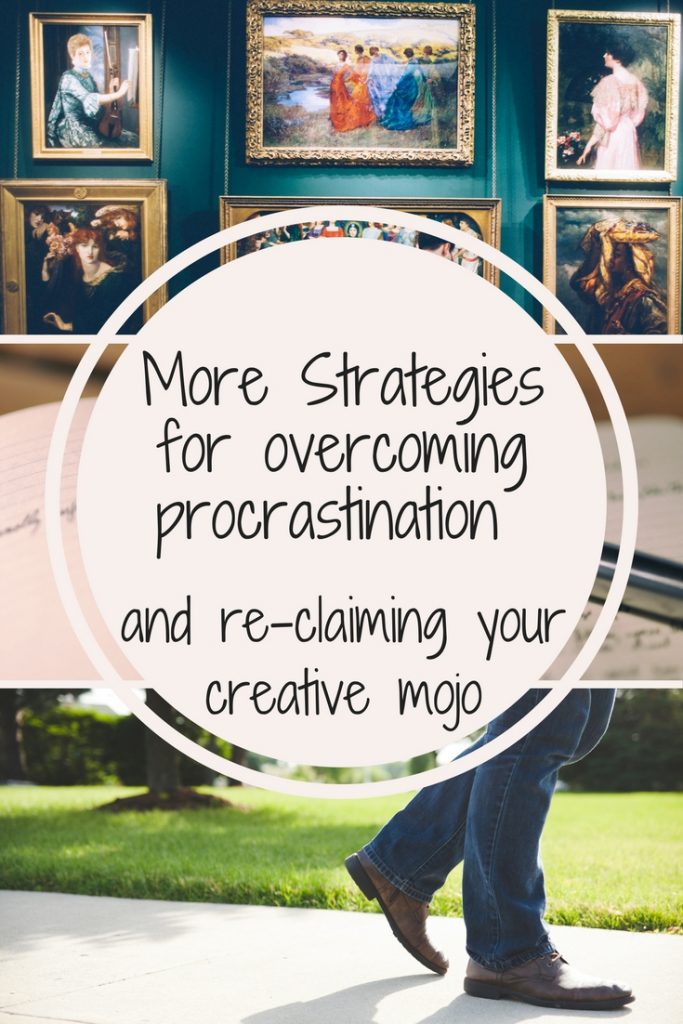

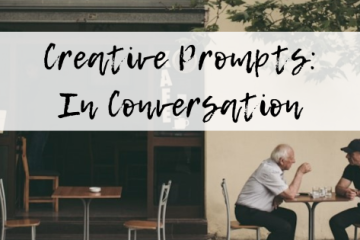
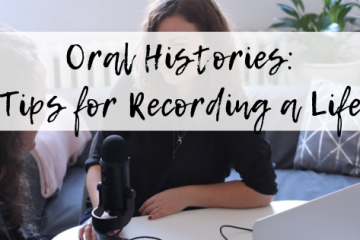
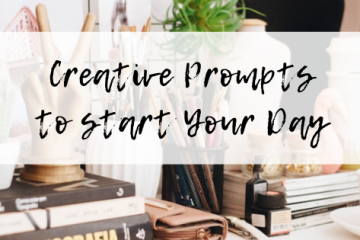
Fantastic and insightful post, Melinda. I love the idea of the five minute diary and will give it a go. Thanks for sharing 🙂
Thanks, Lisa – and thanks for your contribution!
I so so so needed this. Thanks peeps. Rae x
Hope it helps, Rae! xx
This was a really helpful article, Melinda, with some suggestions I hadn’t previously heard of. The’ five minute diary’ sounds like a great idea.
I feel honoured that you quoted me – it put a huge smile on my face when I read it!
And I’m really grateful you responded when I asked for advice! So love our writing community. xx